One of the places I’d always wanted to visit in the Philippines was the Ilocos Region. Impressive churches, colonial towns, the legacy of what is undoubtedly the country’s most “famous” president and the hometown of many national heroes; it has what is probably the most concentrated number of heritage architecture in the country. Over the Christmas holidays, I had the opportunity to have a change of pace for this journey up north.
A popular way to get here from Manila is by car, where it can take up to 11 hours drive. I chose to go by air instead – cutting the travel time by more than 90%. I landed in Laoag, the main air gateway into the Ilocos Region on a fiery hot December afternoon. Laoag International Airport is designated as such due to charter flights that land here from time to time. In fact, Laoag is almost equally as near to Taiwan than it is to Manila so it is no surprise that a lot of tourists from the neighbor up north come here for the weekends.
first stop – fort ilocandia
Due to the number of attractions and leisure sites in the region, the tourism industry here is quite developed. Vigan, a UNESCO World Heritage town, is about 2 hours away. Some of the UNESCO World Heritage churches are also within driving distance. We wasted no time after landing and started the first leg of our Ilocos trip covering the sights in and around Laoag. We made a short stop at Fort Ilocandia, undoubtedly the most famous place for accommodation in the region. Designed like a heritage hotel, it has all the trappings of a majestic colonial building with wide gardens, elaborate fountains and humongous chandeliers. We would have wanted to explore the lush grounds of Fort Ilocandia, but as we were not guests, our access was limited.
paoay lake
From one stately building to another, we then made our way to the Malacanang of the North. The lakefront palace used to be the residence of the Marcoses whenever they were in town. Flashback to 1986. The EDSA Revolution occurred and the Malacanang Palace in Manila was ransacked by protesters and many of the Marcos “memorabilia” from there were destroyed. The Malacanang in Ilocos though seemed to have emerged unscathed as many of the furniture inside, down to the very bed the first couple used, remains largely intact. Ferdinand Marcos, perhaps the most well-known of the Philippines’ presidents originally hailed from these parts and had a clear affection for the Ilocos Norte province during his presidency. This affection until today, has not been forgotten by most of the folks here as Marcos is still fondly referred as “President Marcos.” This undying support is demonstrated by the fact that the former first lady, Imelda Marcos is now the Governor of the province while his daughter, Imee, is a Congressman representing the province.
the life and times of ferdinand marcos
inside the malacanang of the north
Though the building no longer looks very grand by today’s standards, it is set in a scenic spot with clear views of Paoay Lake and a golf course not far from it. The inside contained several memorabilia from the Marcos presidency, ranging from the actual furniture that the Marcoses used to exhibits showcasing Marcos’ projects and policies.
paoay church up close
I made a specific request to our driver to head to Paoay Church towards the end of the day. It was a great thing that it was sunny that day, as we found the (almost) setting sun fully illuminating the facade of this most remarkable church built in the baroque-style. A church per se may be a common thing around the Philippines, but there’s something about the fortress-like appearance of Paoay that makes it really special. Add to that the well-tended grass fields in front and most importantly, the absence of electric wiring that may potentially obstruct the view. Unfortunately, the interior is not really much to write home about.
the sand dunes of paoay and sunset by the dunes
We capped off whatever that was left of the afternoon to go on a 4×4 ride (from Php 1,500 for 30 minutes) after that in the Paoay Sand Dunes. Stretching for at least a few kilometers by the shore line, it is perhaps the Philippines’ largest stretch of desert. It was a fun experience standing at the back as the jeep bumps its way through ups and downs around the sand dunes.
the cathedral of laoag with its unique roman-inspired columns
In the evening, we finally drove to the city proper of Laoag. It is the largest city in the Ilocos region, but I could not help but notice the grid pattern of the streets. Seeing the city from up in the air, it’s interesting to find the main city limits almost strictly defined, where the buildings and streets would end all of a sudden to give way to rice fields.
a historical building turned into a hypermarket
Laoag has an attractive and fairly compact downtown. The main city sights are situated here, including the Sinking Bell Tower, the St. William Cathedral, the provincial capitol plus a bunch of colonial buildings. A must try while in the city is the local version of empanada, a pastry which is deep fried and which is filled with stuffings such as egg, vegetables or meat. This is best tried in a hawker center type of set up called Dap-Ayan Ti not far from the provincial capitol.
christmas in laoag
This is a 3-part series detailing my trip around the Ilocos Region in December, 2012. Read the other posts here!




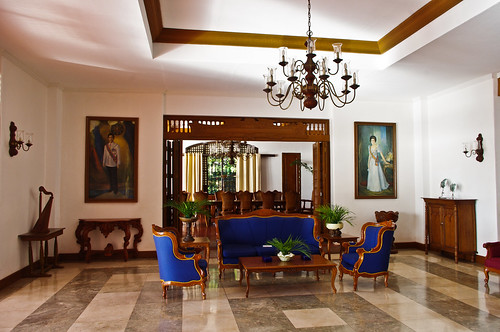
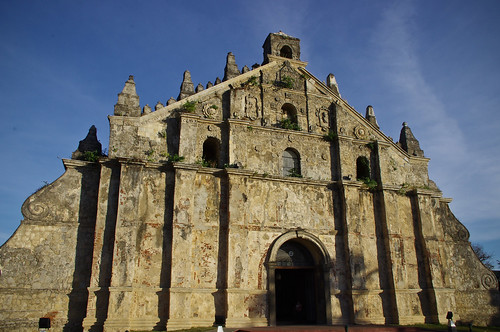
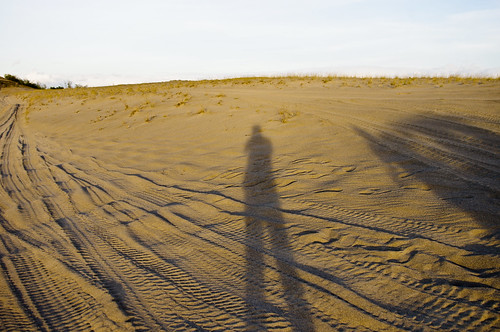
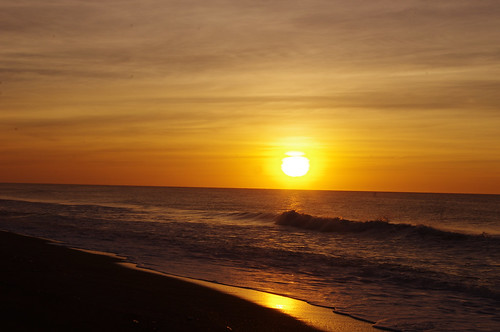
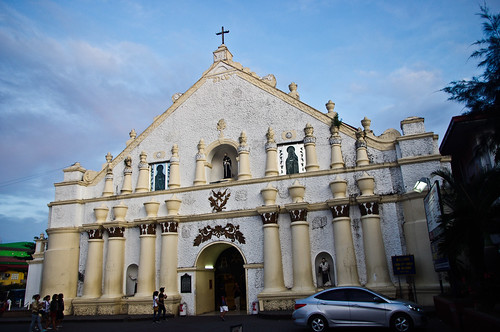

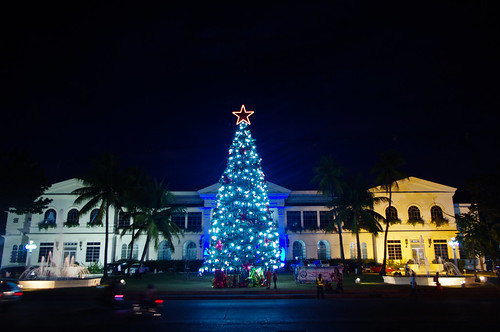
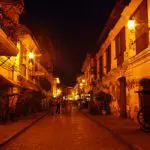
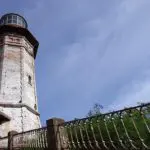

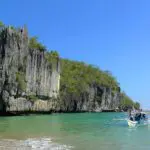
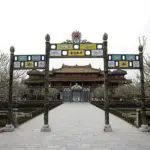
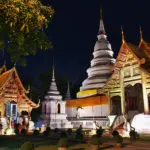
stunning photos and good story.
Lovely to promote Philippines!! Mabuhay!!
Nice. Solid and informative. Great photos, too. Heading there very soon!
Hey, I enjoyed reading your blog. Ilocos is one of my fav destinations. I brought my fam there on one long weekend — best intro to Philippine History next to Intramuros — and the kids loved it! Waiting for your sequels. Keep writing!
Good information about Ilocos. Have not heard of Malacanang of the North. Interesting. I love the photos, especially of the churches.
Hi, may I know if stil the contact # for the sand dunes?thanks
Hi. I love this review. Very organize and informative. May I know you exact itinerary, expenses and also the hotel that you stayed in? Thanks!